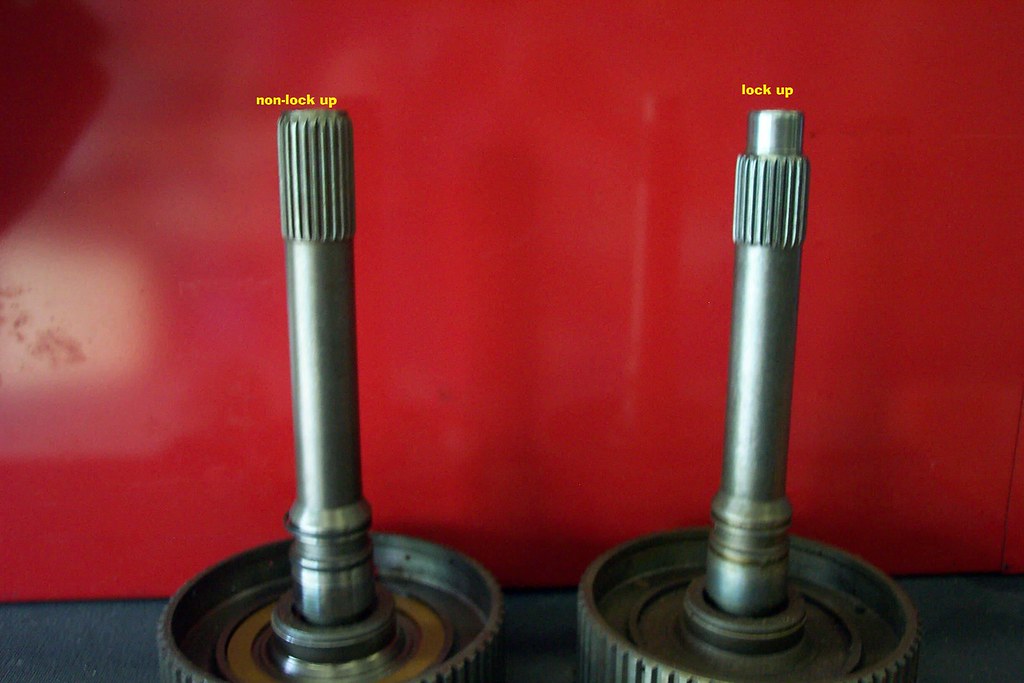JoJo
Well-Known Member
I've done numerous searches, but nothing really gave me the information needed.
I have my A904 transmission out fixing converter and pump issues. Sounds simple right?
About a year ago, I decided that I needed a manual valve body in order to have the correct pressure since I couldn't hook up the kick down linkage. So, I ordered the TransGo TF-3 kit and installed it.
Well, I installed the kit in a lockup transmission by accident (don't ask). Yes, the valve body has the tube on top. I've been running the transmission since last September with 20+ passes and a lot of street miles with no issues. It's my fault that the transmission is out.
Question #1: Can I change the input shaft (front pump also) to a non lockup and transfer the TF-3 kit to the non lockup valve body I have?
Question #2: Should I put a lockup pump & converter back in it and change nothing?
Question #3: How does a mix-matched transmission combination run so good?
 ops: All help and opinions are welcome.
ops: All help and opinions are welcome.
I have my A904 transmission out fixing converter and pump issues. Sounds simple right?
About a year ago, I decided that I needed a manual valve body in order to have the correct pressure since I couldn't hook up the kick down linkage. So, I ordered the TransGo TF-3 kit and installed it.
Well, I installed the kit in a lockup transmission by accident (don't ask). Yes, the valve body has the tube on top. I've been running the transmission since last September with 20+ passes and a lot of street miles with no issues. It's my fault that the transmission is out.
Question #1: Can I change the input shaft (front pump also) to a non lockup and transfer the TF-3 kit to the non lockup valve body I have?
Question #2: Should I put a lockup pump & converter back in it and change nothing?
Question #3: How does a mix-matched transmission combination run so good?

















